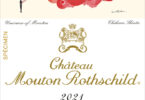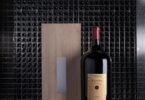
When I received an invitation to meet up with a scion from the famous Rioja winemaking family Martinez Bujanda at rather short notice, I jumped at the opportunity. It was a fabulous autumn day and I felt a bit of melancholy in the air as I crossed the Sydney harbor on a Manly Ferry as, in spite of the beautiful blue skies and the serene atmosphere, I instinctively knew that the long days and excitement of summer were over. Of course, Sydney siders know that autumn brings the nicest weather of the year (apart from spring), when the temperatures are mild and the skies are blue with sufficient sunlight to maintain ones positive spirits and feel good about life.






